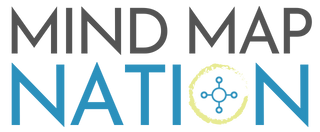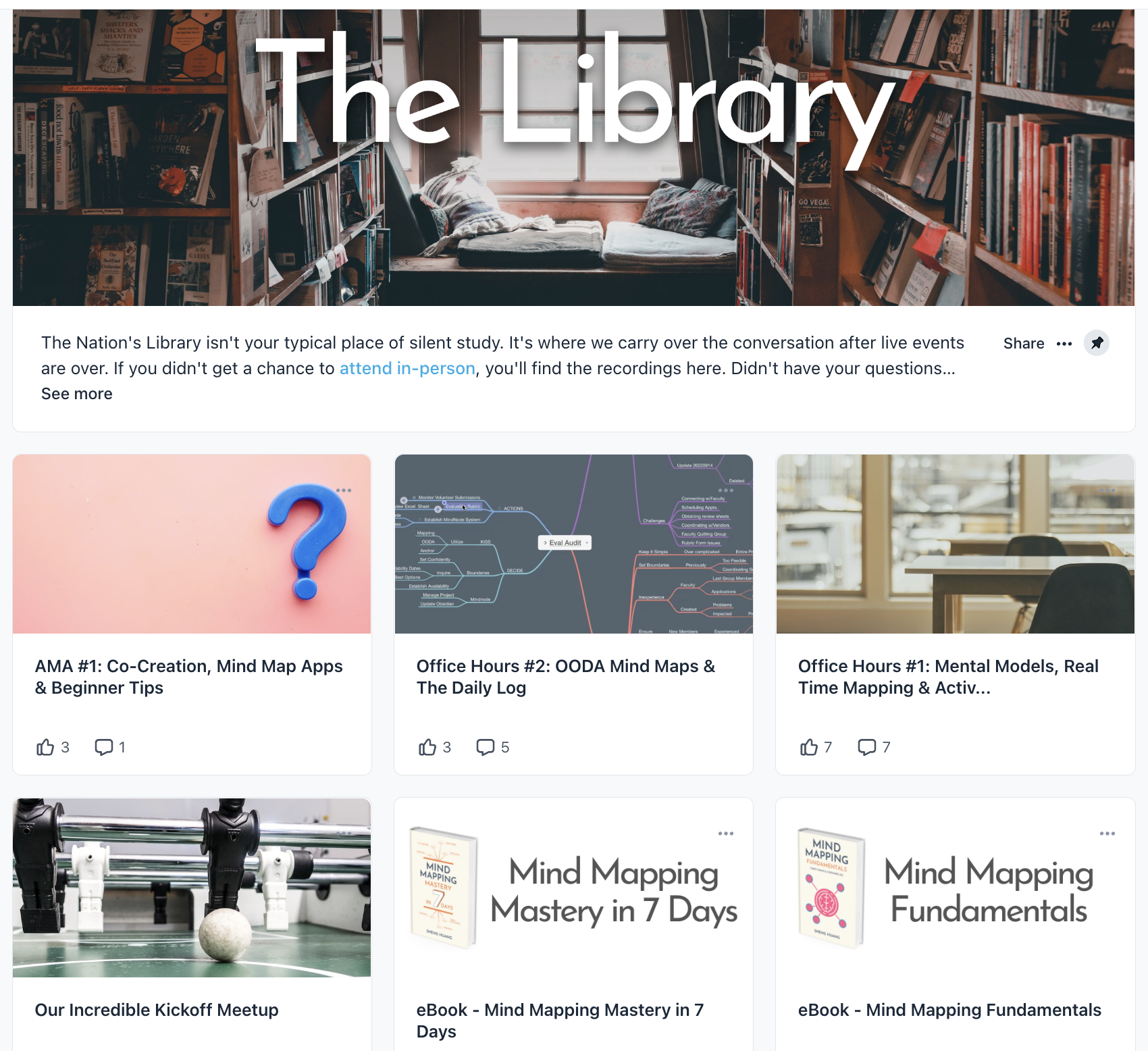Don’t Sweat the Big Stuff Too Early
Sometimes going big out the gate isn't the best idea with new projects. The counter intuitive wisdom to building something for the masses is to be hyper focused on a small group first. And if you’re working in a large organization trying to innovate, just throwing people and money at an opportunity won’t work. Let me explain.
In Mapping the Future I wrote:
“Since Mind Map Nation is in the beginning phases, it’s more important to pay attention to qualitative feedback because you can easily improve the product when it’s small.”
My whole “do things that don’t scale” mindset comes from Paul Graham, founder of Y Combinator, the world’s most successful early stage investor in the likes of Airbnb, Stripe, and Instacart. He wrote an essay of the same name back in 2013.
At the time, I had just moved from Google SMB strategy division launching the first version of Google Wallet and Offers to Niantic Labs (makers of Pokemon Go). Both were agile, startup-like teams so Paul's essay illuminated many insights about the early stages of big projects.
The basic premise is that startups have a huge advantage over established giants with innovation because they’re able to experiment on the ground and “do things that don’t scale” long enough to find and refine something that sticks and actually does scale well.
Examples include Airbnb founders initially going “door to door in New York, recruiting new users and helping existing ones improve their listings” or Phil Knight and Jeff Johnson driving to track meets all over the West Coast to sell the first thousand Nike shoes from the trunk of their car.
There’s also the lenses that large companies and inexperienced founders apply to nascent products:
“The absolute numbers seem so small at first. This can’t be how the big, famous startups got started, they think. The mistake they make is to underestimate the power of compound growth.”
A 10% week over week growth starting at even 100 initial users will yield you 14,000 users in a year and 2 million by the second year. Go ahead try it.
This is the exact mistake that I see many large companies make. They’d start a new initiative based on some hot trend, but when it fails to meet its internal metrics within the first quarter or two, the company quickly disbands the team and pulls out of the game.
Self aware companies acknowledge this limitation and build structures to ensure that small agile teams have room to run without interference, and, more importantly, not to judge performance by its established standards.
Before Google turned into the holding company, Alphabet, it had “autonomous units” that operated like startups, complete with its own board and sometimes even different shares. Niantic Labs was one such unit.
When I joined, we were a group of 30 people from within and outside Google, all vetted by the original team who started Google Earth. I distinctly remember my manager correcting me when I suggested ways to use Google compute resources: “Sheng, we’re not Google”, despite sitting inside the company’s San Francisco office and eating their snacks. This was the degree of separation down to the corporate structure, incentives, messaging, culture, and metrics. All this helps the autonomous unit’s team think and act differently from the mothership.
As a result, Niantic was allowed to truly operate independently, obsess over its initial players, build a diehard following, given ample funding and time to trail blaze what we now call AR gaming, leading to the acceleration of the Metaverse.
People today consider Pokemon Go an overnight blockbuster, but what they don’t realize is that it took 4 years and two far less successful products (Field Trip and Ingress) to work out the kinks (ex: how do you deal with online trolling and harassment when it’s brought into the real world?) and gain enough traction before the Pokemon Company agreed to jump in.
If Niantic were just another internal team, it would've ended up in the graveyard with hundreds other failed Google products.
If you’re ready to make the best use of your mind maps, why not check out our community?
Here’s what you’ll get:
Awesome crew of folks serious about improving their lives through sharing experiences, tools, and mindsets.
Coworking sessions that keep distraction at bay.
Office hours that answer your burning questions about mind mapping and more.
1:1 coaching opportunities to untangle life’s chaos.
Group Challenges and Sprints that make learning and achieving fun.
Access to Mind Mapping ebooks and all our past meetup recordings and summaries.

